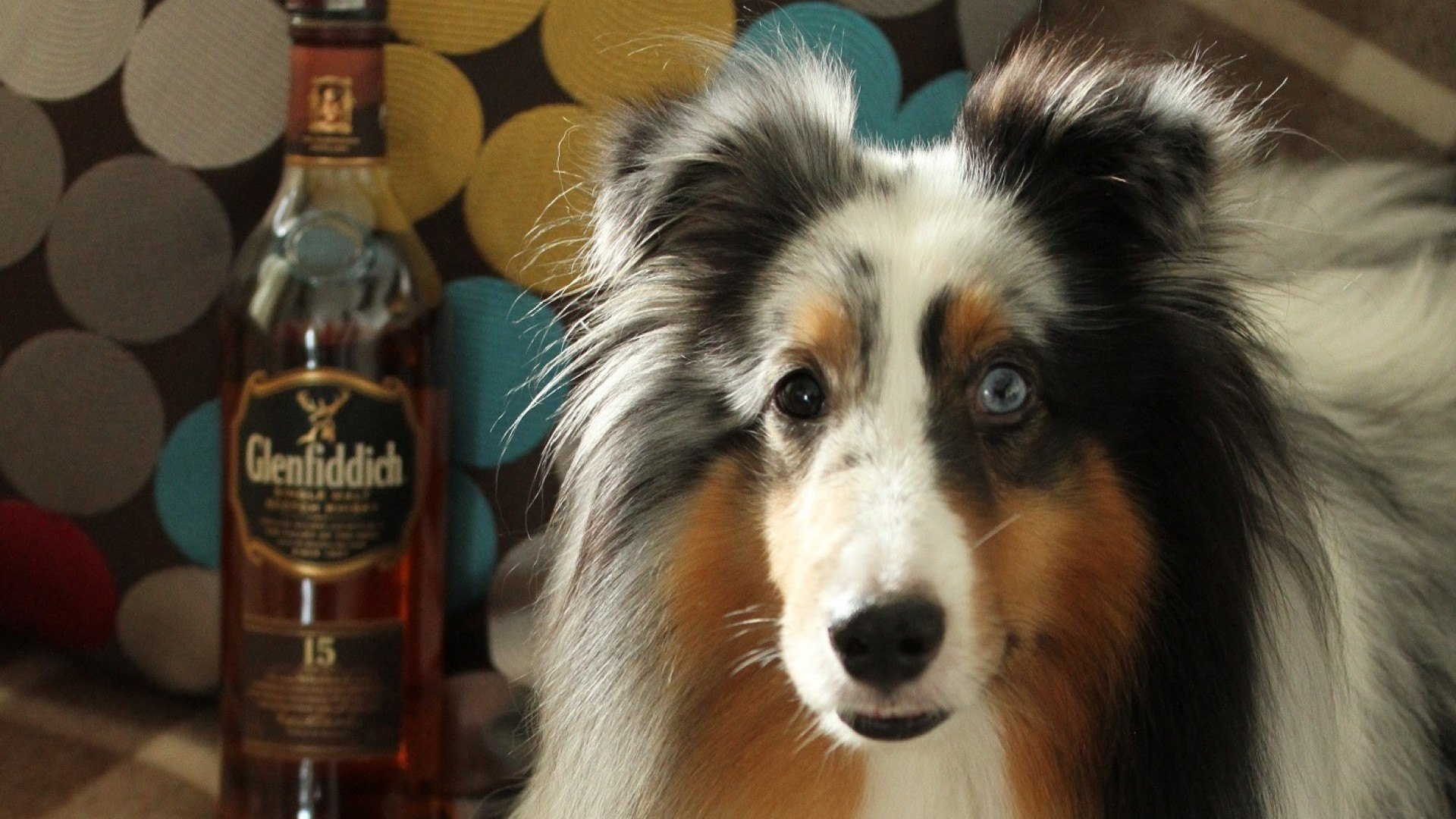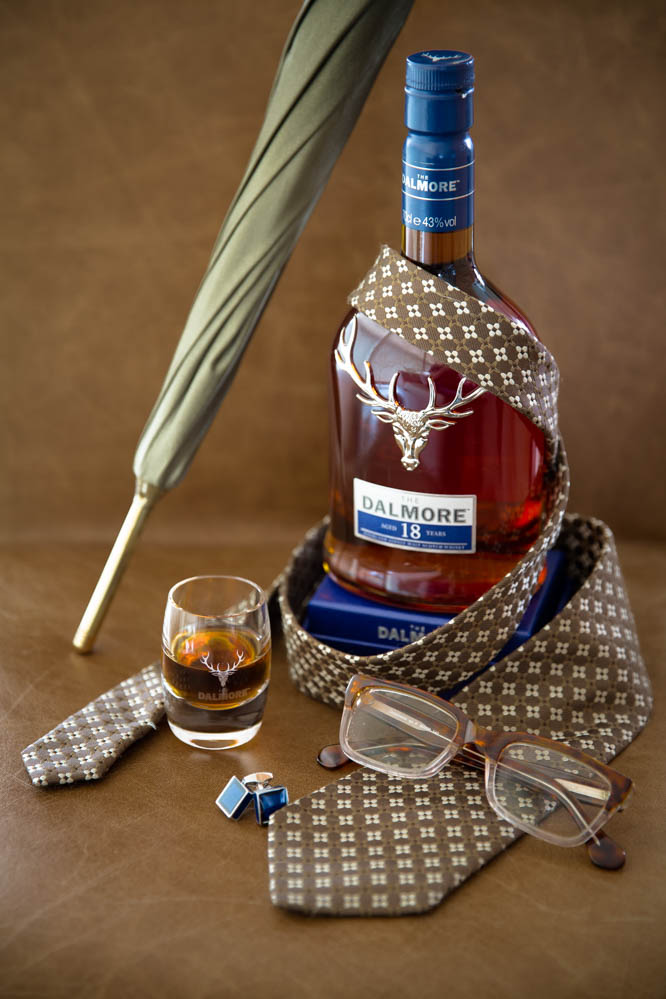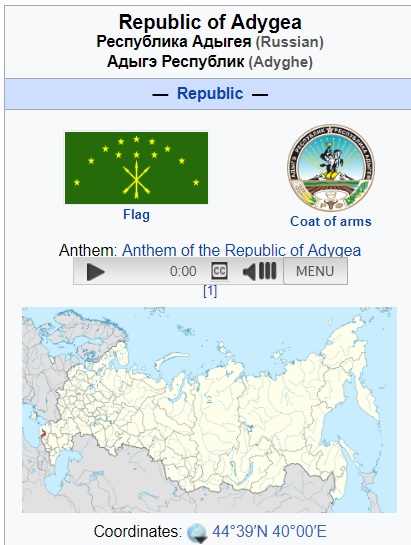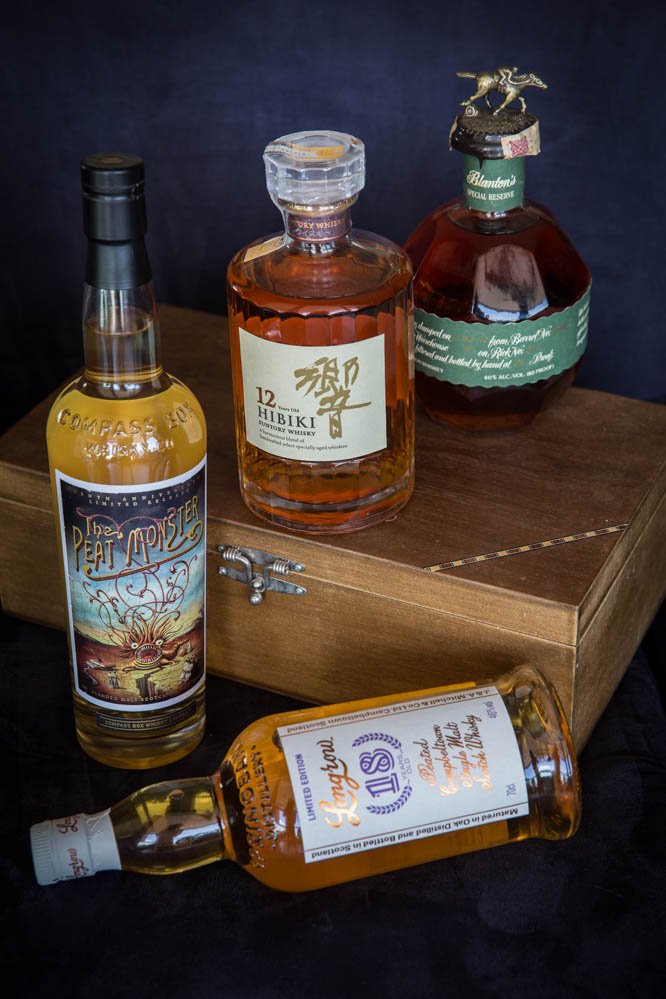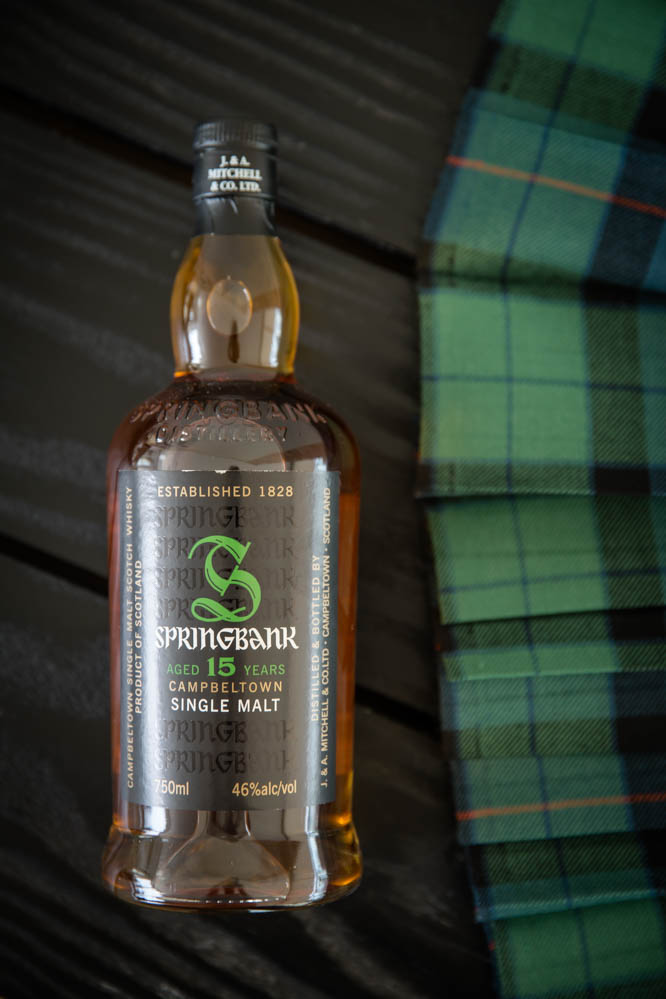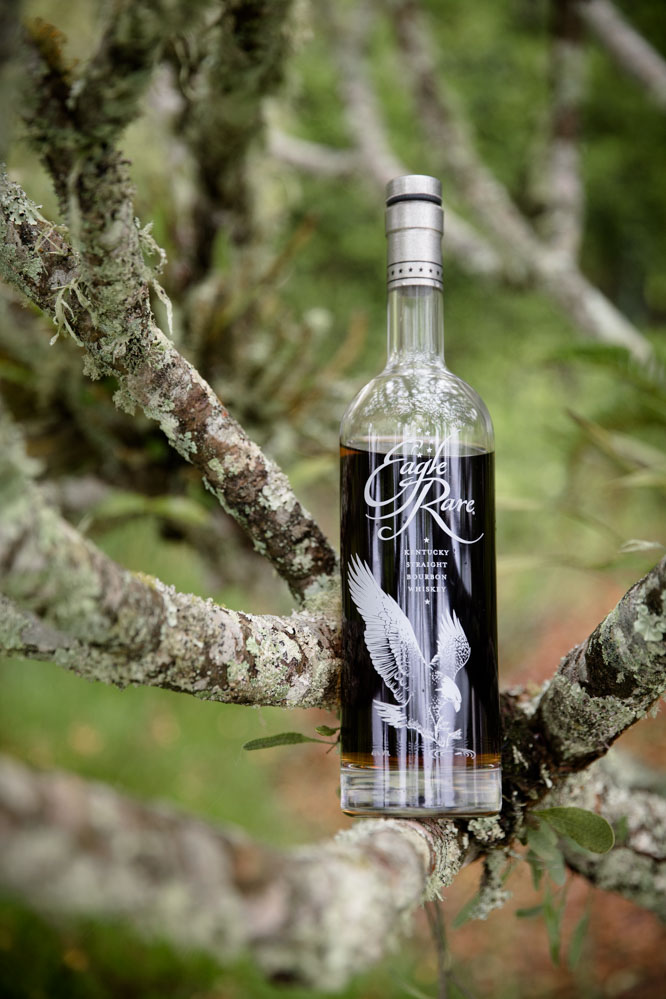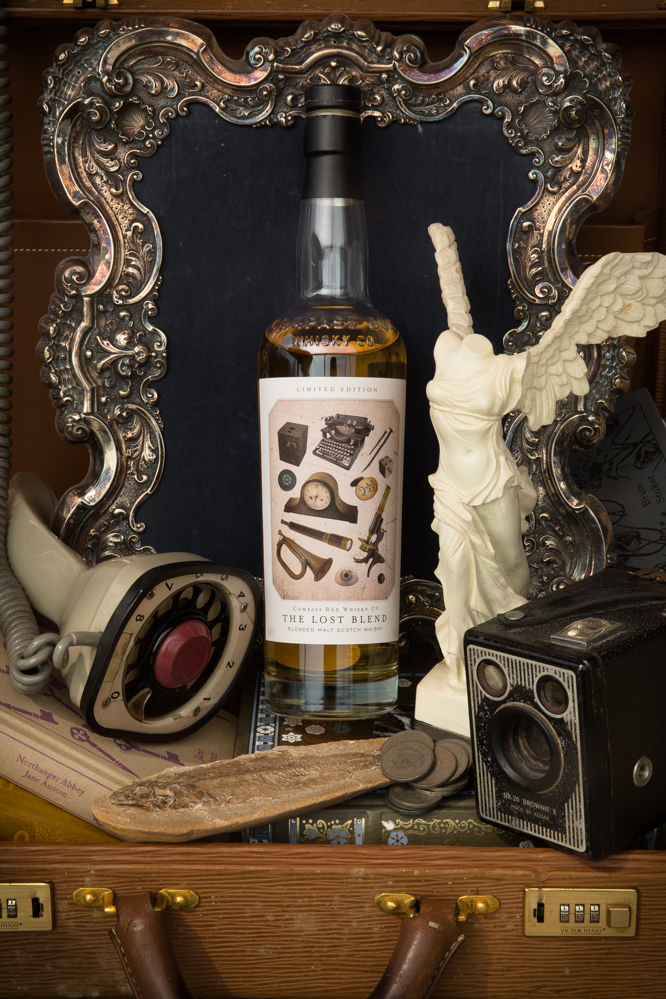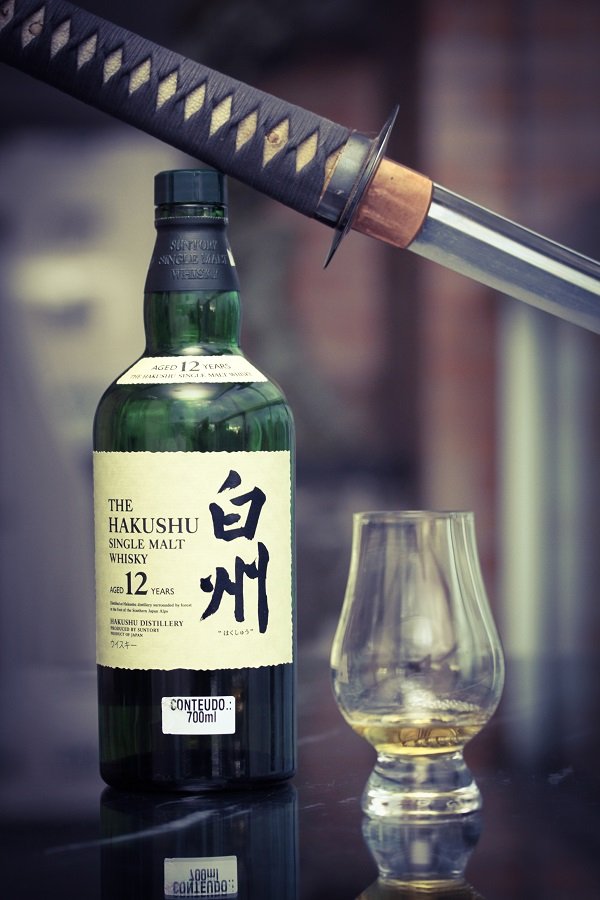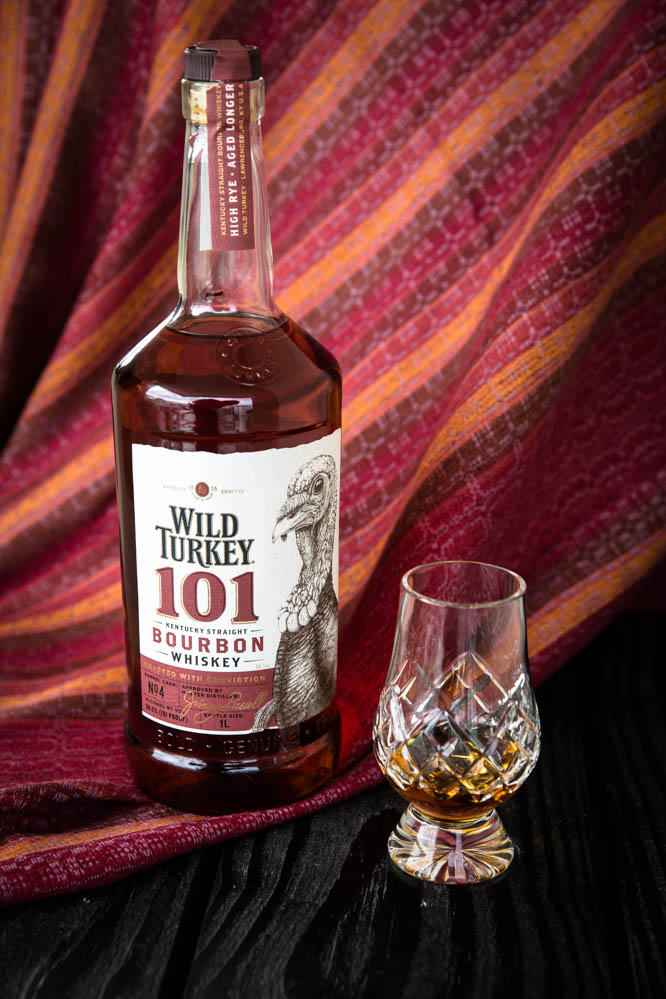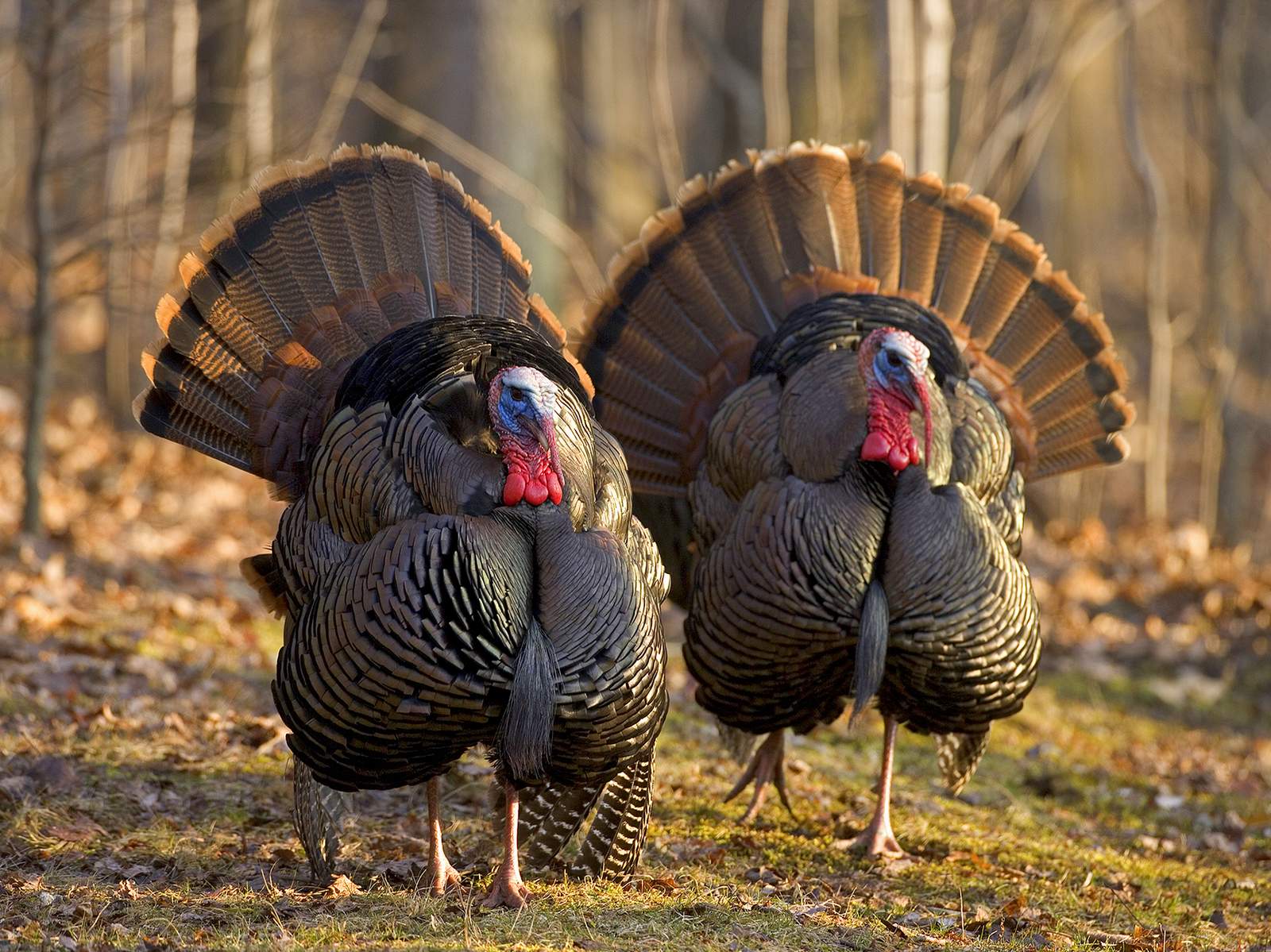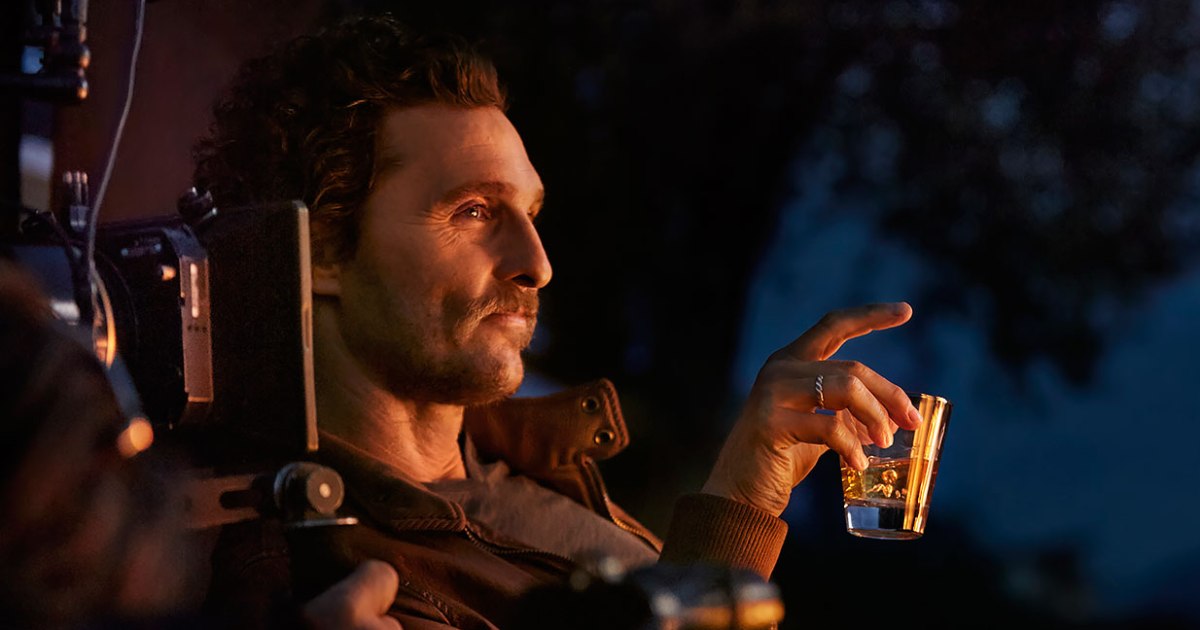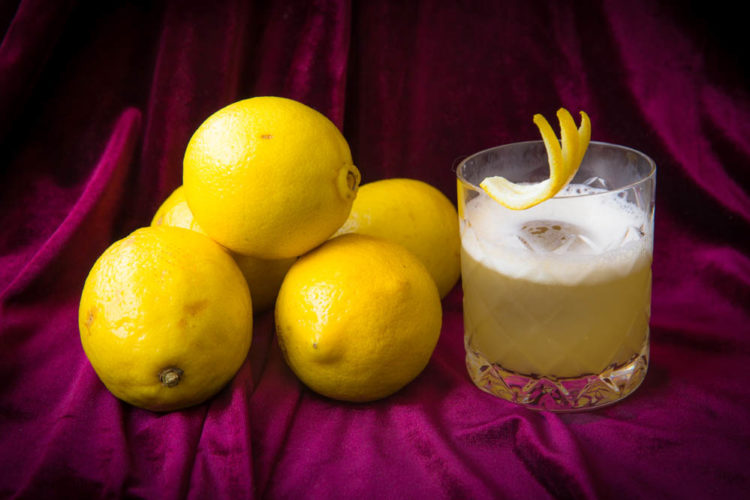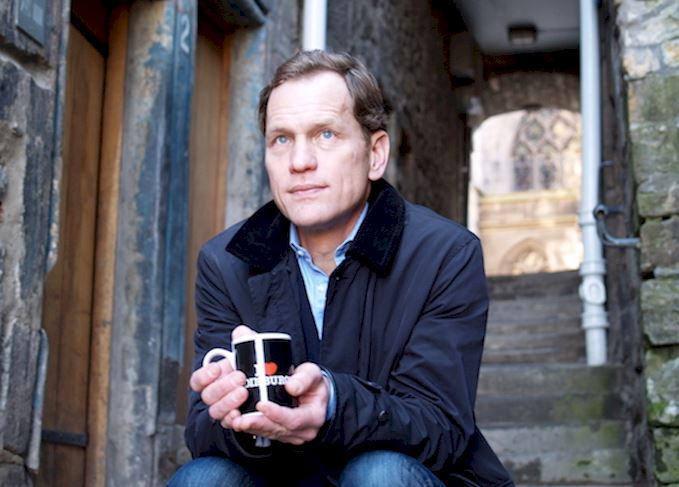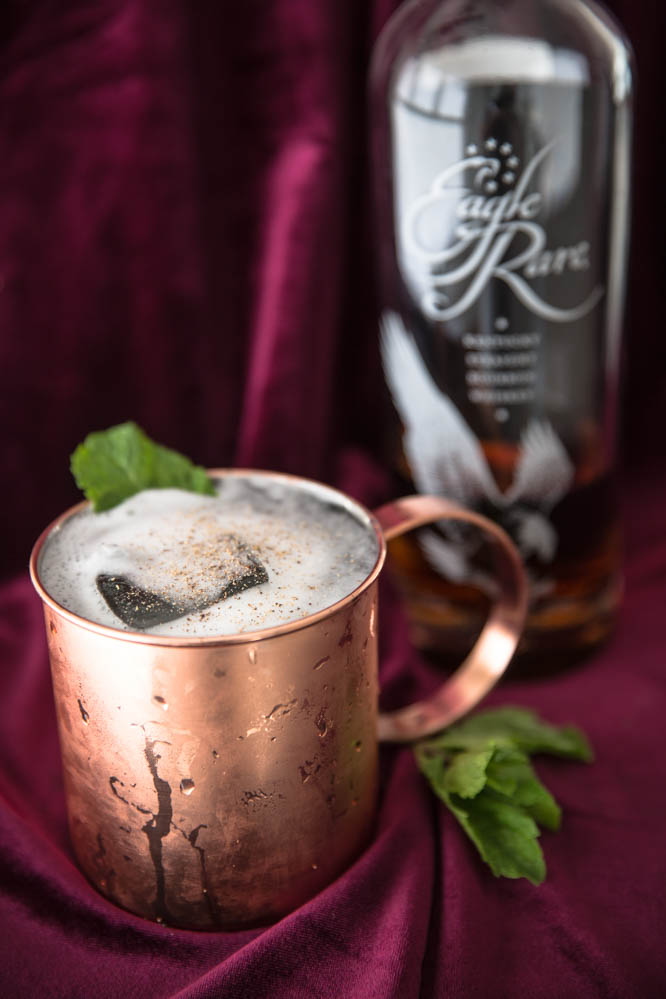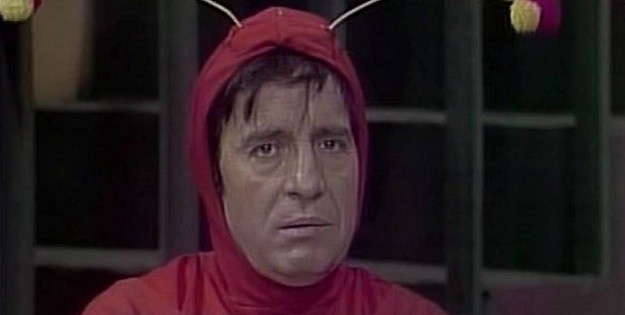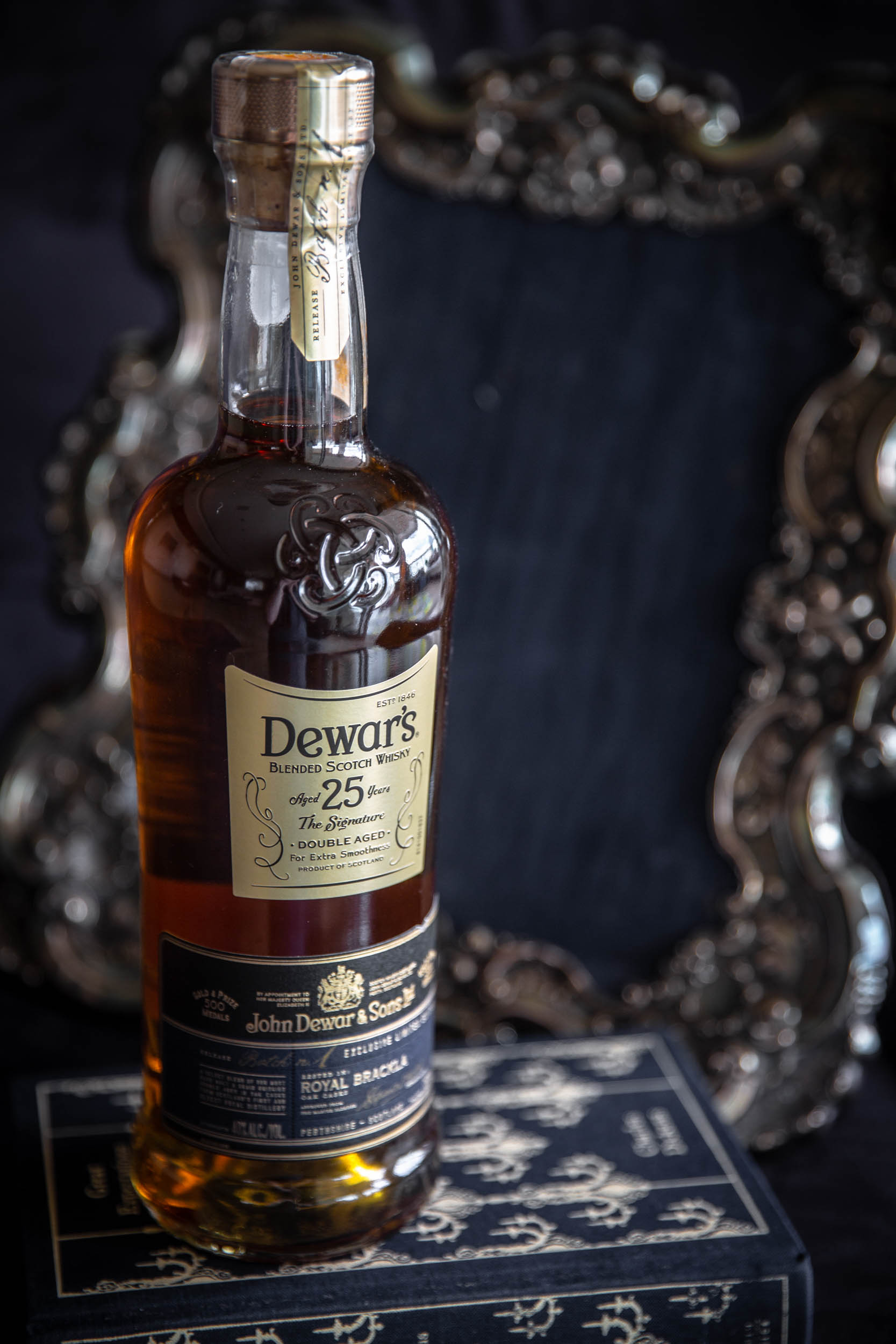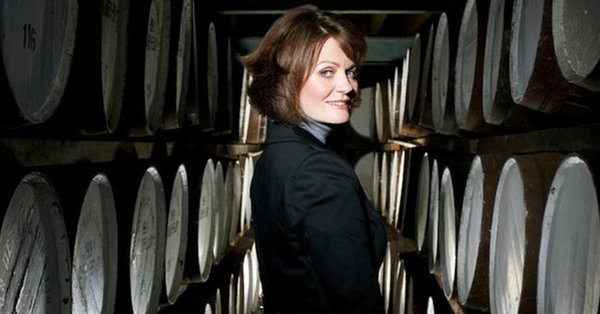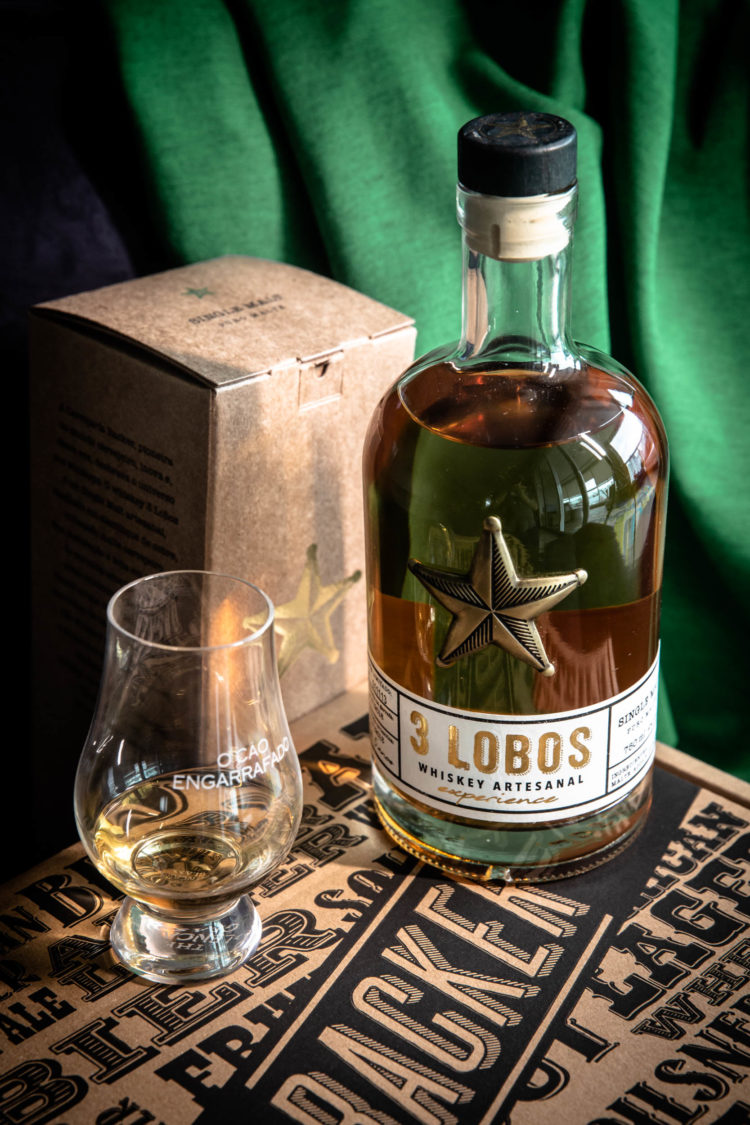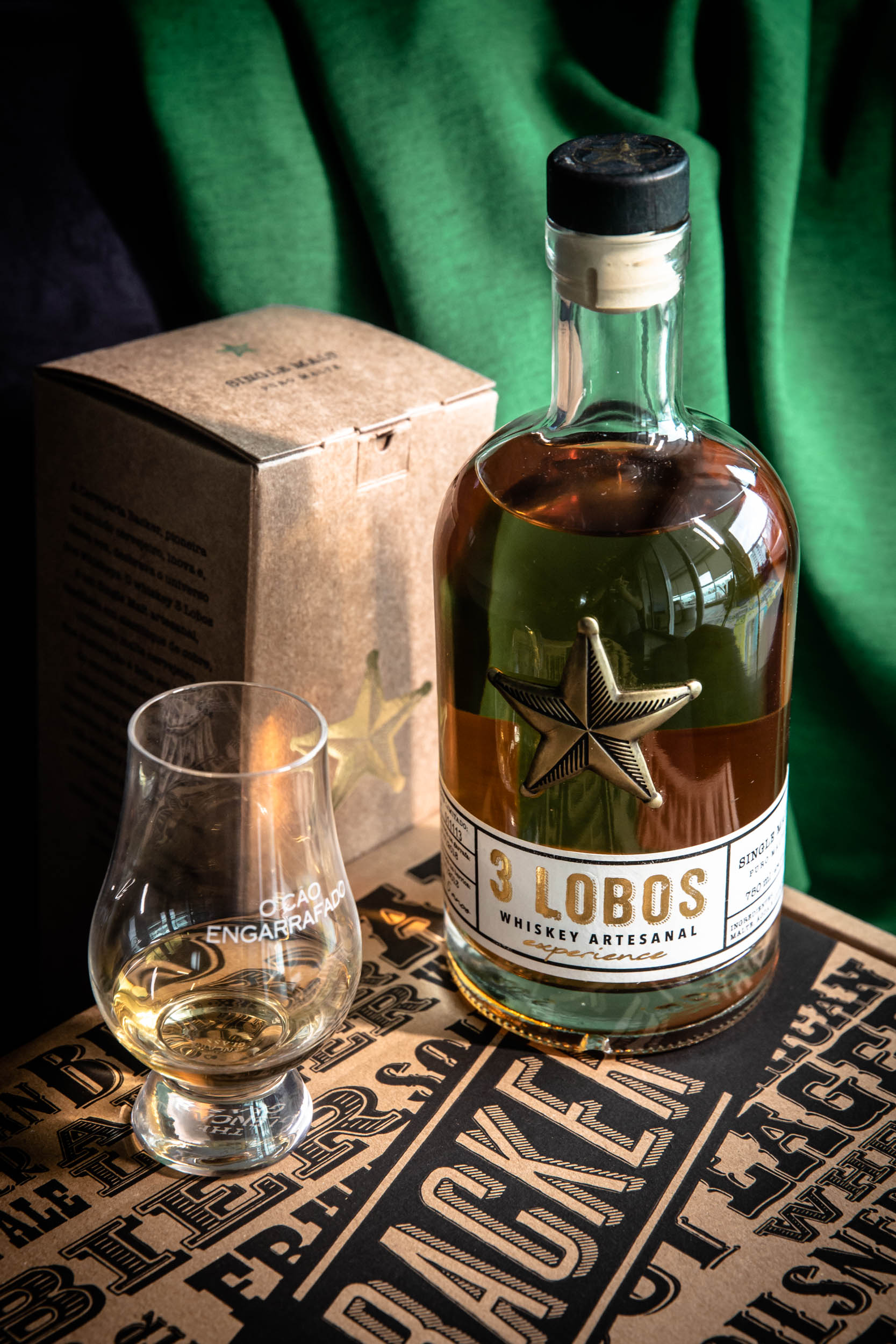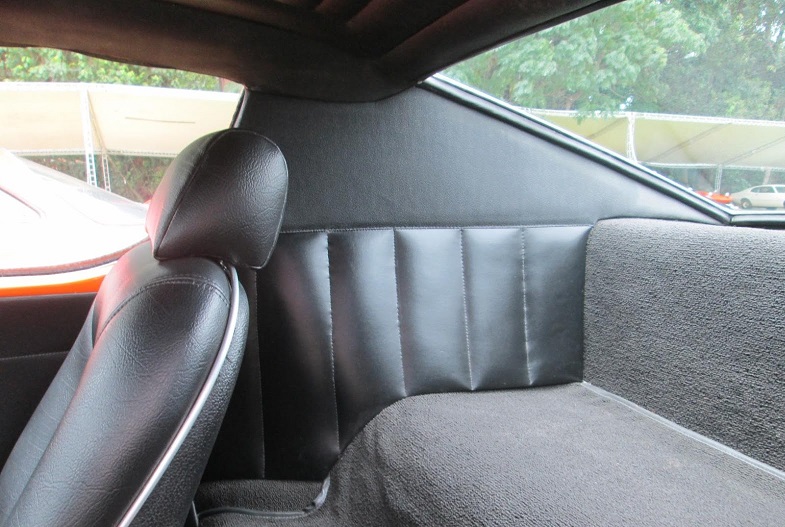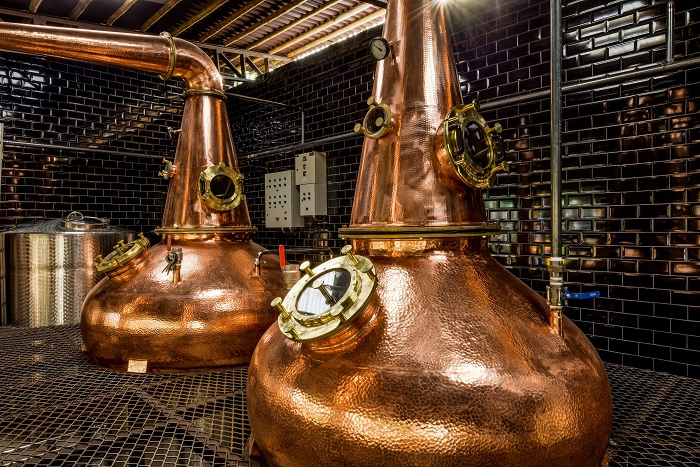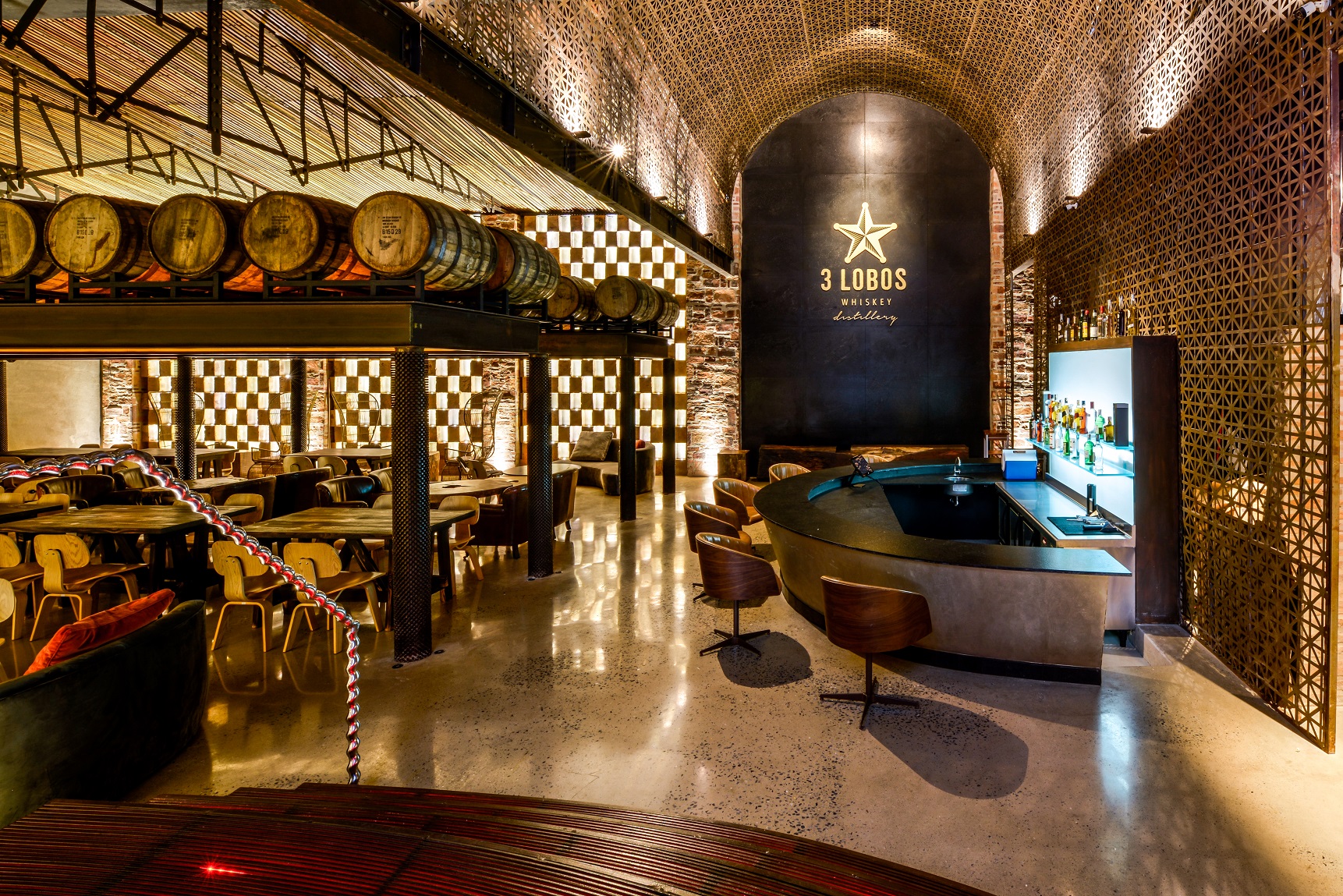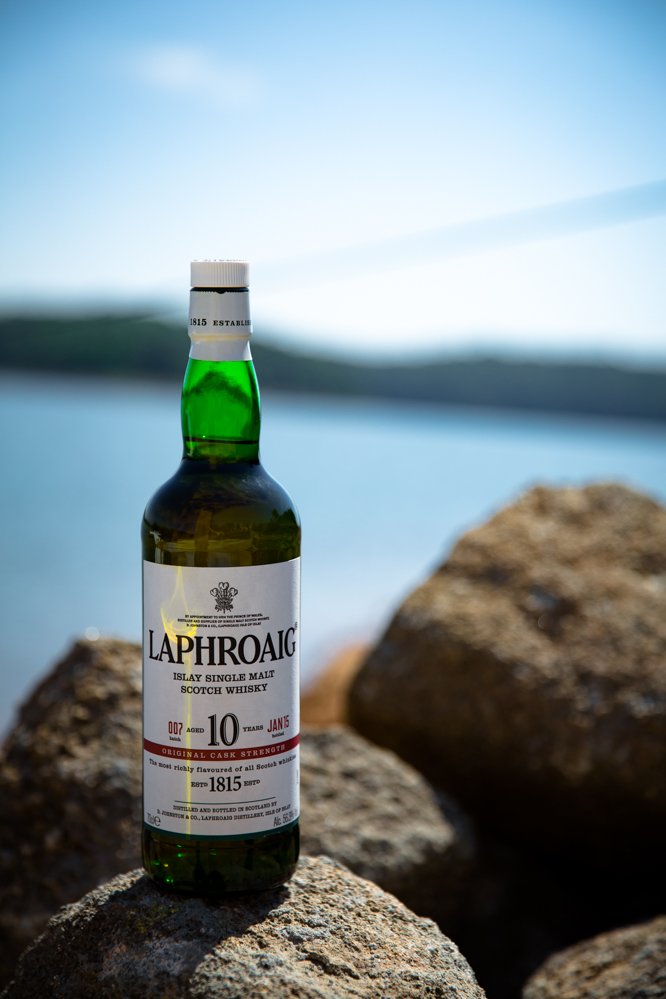Dalmore 18 – Manners Maketh Whisky
Manners make a man. This is what the British writer William Horman wrote in his book Vulgaria in 1519 – a compendium of quotes and proverbs from his day. In the archaic original, “manners maketh man“, the aphorism may seem overtly polite and outdated, but its meaning is as simple as it is contemporary. He says that courtesy, upbringing and good manners are essential to living in society. ‘Man’ here, is in the broader sense – it means all mankind.
All this is by-the-by though, the important thing is that Horman’s quote, which is actually not his but Colin Firth’s catchphrase in Kingsman. The film, directed by Matthew Vaughn in 2014 is a parody, and tribute at the same time, to all the spy films – in particular to James Bond. Just like the 007 films, this one is fitted out with tailored suits, explosions and megalomaniac villains. It’s often even better than a Bond film. The controversial long sequence shot in a church, for example, is absolutely incredible. Samuel L. Jackson’s cross between Mark Zuckerberg and Elon Musk beats any Blofeld hands down.
More importantly, however, there’s whisky. James Bond is to Macallan what Kingsman is to Dalmore. More specifically, Dalmore Sinclair 62. In one of the scenes of the film, the precious liquid is actually mentioned by one a secret agent about to be sliced in two. “1962 Dalmore. It’d be a sin to spill any. Don’t you think?” This Dog couldn’t agree more. Dalmore Sinclair had, for some time, held the record for the most expensive whisky ever sold. It is extremely precious, worth more than one hundred thousand pounds today.

The choice of whisky is beyond reproach. After all, Dalmore is known for producing some of Scotland’s finest single malts. It is the work of Richard Paterson, who until recently captained the distillery production process as master blender. Richard, better known as “The Nose” is a legend in the whisky world. His sense of smell is so trained and accurate that his nose is insured by Lloyd’s Bank for 2.5 million pounds.
In Brazil, Dalmore is imported by Casa Flora and has three expressions with age statements – 12, 15 and 18 years old. The latter is the subject of this post. Dalmore 18 is matured in American oak barrels for 14 years and then transferred to spend three years in Matusalem sherry barrels. Finally, it spends another year in European oak barrels, previously used for sherry and bottled with an alcohol content of 43%. So far so good. The description seems perfect. However, those with a greater understanding of grapes will notice something curious: Matusalem.
Most whiskies finalised in sherry barrels use oloroso or Pedro Ximenes varieties, little is said about Matusalem. Matusalem is, in fact, a sweet oloroso known as Oloroso Dulce. On average it is 30 years old and its base is a blend of Oloroso and Pedro Ximenes. The initial maturation of the wine occurs in the barrels later used by Dalmore. It is then transferred to soleras, where is spends another couple of decades until being bottled.

Dalmore whiskies are traditionally single malts with a clear vinous tendency. Even the distillery’s younger blends exude this characteristic. Yet it is in Dalmore 18 that, in this Dog’s opinion, the whisky finds true maturity. The sweetness and malt flavour are replaced by something more elegant – a dry taste, perfectly balanced with the sweet, fruity fortified wine.
The oily character of Dalmore is due to the shape of the stills. Those used in the first distillation are short with flattened necks. Those for the second distillation have a type of water reservoir – water jacket – around their necks, filled with cold water. This causes the lighter molecules to condense, so only the denser part of the distillate passes.
If you love whiskies with the aroma and flavour of fortified wine, or like to combine whisky with a cigar, Dalmore 18-year-old will be your long-term companion – elegance, balance and personality. If William Horman is right and manners really make the man, then Dalmore 18 is a true gentleman.
DALMORE 18 ANOS
Type: 18-year-old single malt
Distillery: Dalmore
Region: Highlands
ABV: 43%
Tasting notes:
Aroma: dried fruits, cinnamon, fortified wine.
Flavour: fruit syrup, raisins, panettone. Fortified wine. Long and winey finish. Oily.
With water: the flavour of the spices becomes less apparent and the wine stronger.
Price: around R$ 800,00 (eight hundred reais)
